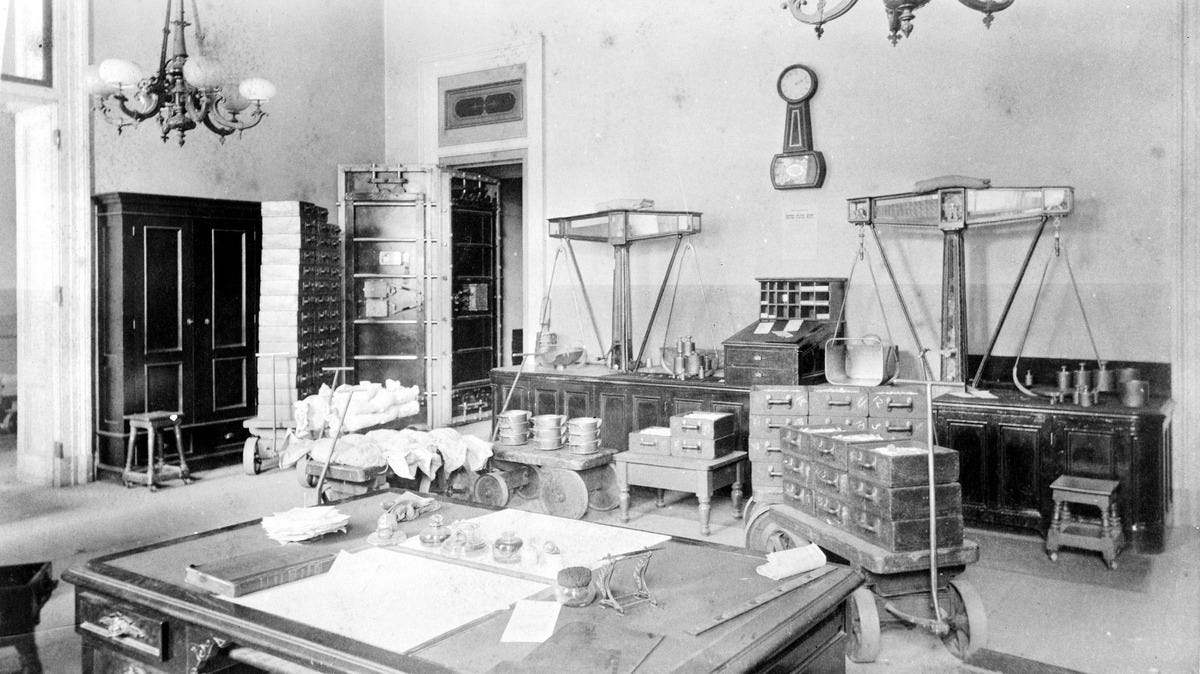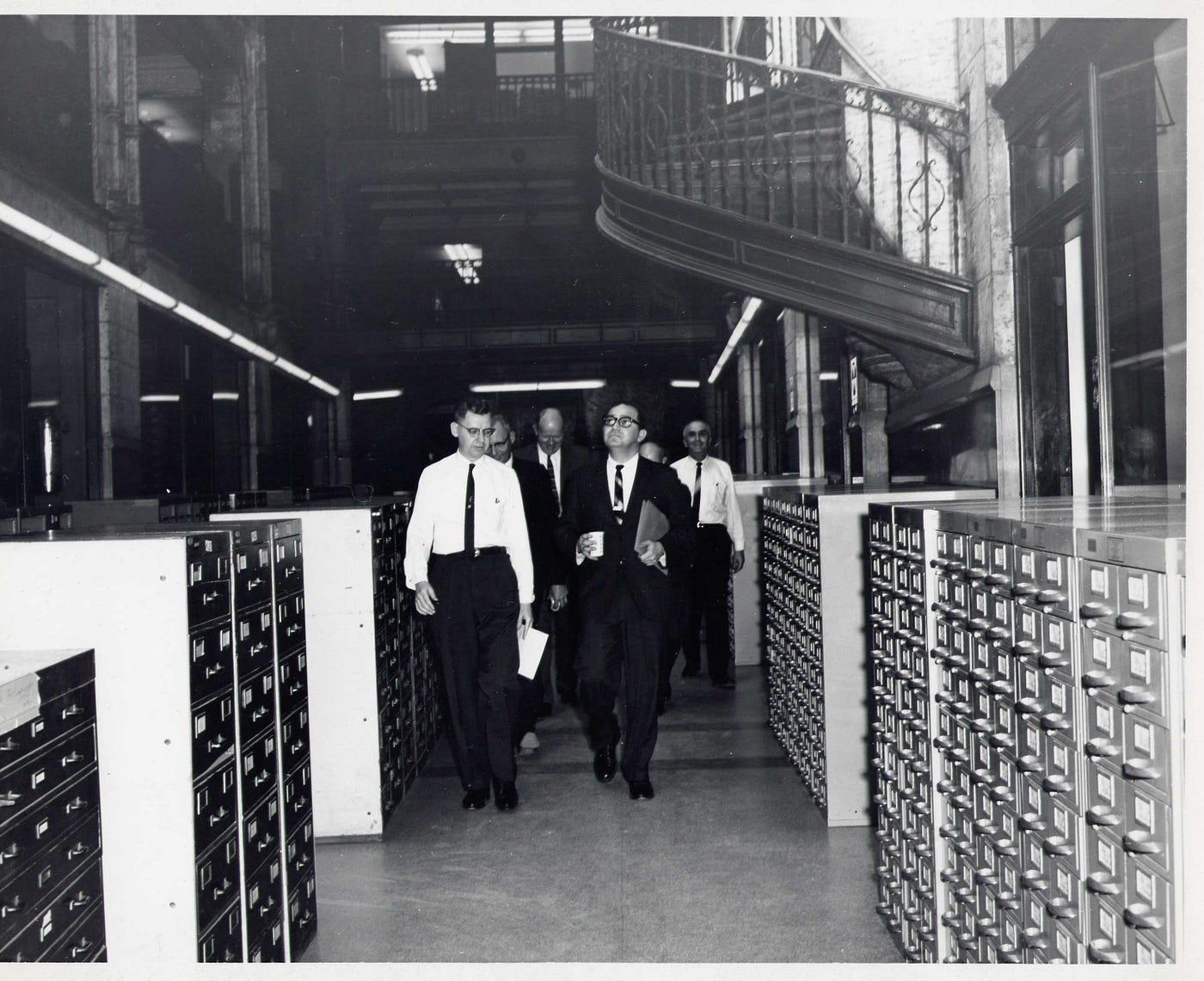👋 Note: Originally published on Dec 2, 2015 (link). This was part 3 of 7 in a series of posts released under the pseudonym Creole.
In the first post I wrote that blockchain technology will make it cheap and easy to transfer money. In the second post we took a brief look at what that world might look like.
But blockchains won’t only be used for money. The same technology that makes it possible to cheaply and easily exchange digital currency is being adapted for other types of value, like shares of company stock or rewards points. The focus in the industry right now is in adapting blockchain technology to be suitable for the exchange of financial assets, and a staggering amount of money and energy is being invested into creating those platforms.
That’s exciting. Especially if you work in finance. But it’s hard to know why most people should care whether we can reduce settlement times for syndicated loans, or whether the DTCC is the next Blockbuster. Blockchains didn’t become objects of passionate intensity for so many because they will make life easier for the worlds’ largest banks.
Blockchain technology won’t just give us better versions of what we have today — things like dollars, shares, and Starbucks points. The really exciting part is what new things we will use them to build. Returning to our analogy from post #1, the internet didn’t just give us better TV, newspapers, mail and radio — it also gave us blogs, social media, smartphones, cloud computing, and a generation of YouTube & twitch.tv stars. What will blockchain give us?
Let’s back up. What’s the difference between a dollar, a Starbucks point, and a share of Apple Inc.?
Structurally, they are very different. Dollars, or any currency, are in their classic definition a medium of exchange and a store of value. Within a currency zone everyone agrees with everyone else by convention that they can be exchanged for goods and services (a medium of exchange). The government responsible for managing that currency enacts policies to help it hold its value and avoid inflation (a store of value). Almost everyone uses currency.
Starbucks points are a little like a currency. But they can only be exchanged for certain goods and services, they are created by a business rather than a government, and you can only get them from Starbucks. They’re more like little contracts that entitle you to a certain amount of Starbucks products. Starbucks points are only really used by people who frequent Starbucks, which suggests a certain class and income profile.
Apple shares are also a contract, but a more complex one — a bundle that includes a claim on the assets of the company, as well as other rights like dividends and voting. These are defined both by the “contract” itself and a complicated legal regime of securities regulations and shareholder rights. Unlike Starbucks points, there’s a secondary market for trading shares. Most people might have some exposure to them through a pension plan or other investment, but for the most part shares and other financial assets are only held and traded by the very rich.
They’re very different. But we can already see axes that connect them. One axis is: where can you use it? On one extreme are currencies, which are accepted everywhere in a currency zone. On the other extreme are Starbucks points, which only have value at Starbucks.
Another axis is: how complex is it? Currencies are simple — they’re a unit of value that can be exchanged for anything else. Shares are very complex: they are bundles of many different conditional entitlements, rights, and obligations.
Another axis is: who defines what it is? Currencies are controlled by a central bank, Starbucks points by a private corporation. Shares are a combination: the company writes their own articles of incorporation (the “contract”), but securities regulators and a body of shareholder rights laws, maintained and enforced by a legislature and judicial system, play a large part in defining (and enforcing) what it means to own stock in Apple.
In a way, they’re all made from the same stuff. They may be valuable to us for different reasons, they are governed by different rules, and there are different sources for those rules. But each is a thing we can own, with a set of executable instructions that define what it is, giving us access to other things in the world.

Each of these is technology. We’re not used to thinking about money, shares, or rewards points as technology, but they are. Currency, especially, is such an ingrained feature of modern life that it seems invisible, fundamental.
But we invented currencies for a reason: because they simplified trade. They were better than barter. They weren’t easy to create, and especially hard to scale. They required raw materials, industry, and sophisticated manufacturing processes to create identical units to prevent fraud. A complex legal and political system had to develop over time to support the “killer app” of value stability. Modern currencies are feats of engineering, design, economics, and political theory.
We invented loyalty systems because they’re a useful way to incentivize consumers and promote a business. Building them required complex business processes and record keeping systems, applying new discoveries in economics to improve them, and large staffs with new sets of expertise to manage them. They required punch cards, magnetic strips, and apps to track them.
We invented shares because they were a useful mechanism to connect investors with private ventures in need of capital. This required new laws to structure the relationships between each party. It required new types of marketplaces — stock exchanges — to expand the market and make it liquid. Whole professions, areas of expertise, branches of caselaw, legislation, regulations and bookkeeping systems were built over centuries to form what we today call a stock market.
The startup costs of new value technologies are immense. There is a reason some of them took centuries to mature. Every value technology needs a way to record ownership — a physical token, or a central database that tracks ownership. It needs a way to execute the instructions that define it, and enforce those instructions if they are not followed. And above all, it must find a way to create trust, so that people will actually use it. It requires metal, currency zones, punch-cards, databases, highly secured buildings, legal systems, legislatures, armies.

Before the internet we had phones, we had letters, we had mail, we had CD stores, we had television, we had books, and we had stacks and stacks of paper that were trucked back and forth between office buildings. Then we had the internet, and only then did it become obvious to most people that these were all just different information technologies, each with its own custom “hardware” for moving information, most of which could, it turns out, be replaced by a general platform that could agnostically move data.
Blockchain is a general platform for value technologies. It is a platform that allows us to build value technologies more easily — a way to record ownership, execute instructions, and create trust in a fully digital, decentralized system.
Just as with the internet, we will start by building analogs of the technologies we have today: dollars, shares, Starbucks points. The blockchain versions of these products won’t always win, but in many cases they might, because blockchains will radically change their cost structures, opening them up to new competition and new markets.
But as we alluded to earlier, we won’t just build new versions of old things. We’ll also build new things. It has always been so very hard to build new value technologies, but soon it will be easy. Already, thousands of people around the world are building strange new things, testing new applications, trying out new business models in new markets. The empty spaces on the axes between “currency”, “rewards points”, and “stock” will begin to be filled in as we experiment with different combinations of rights, obligations, relationships, and value.